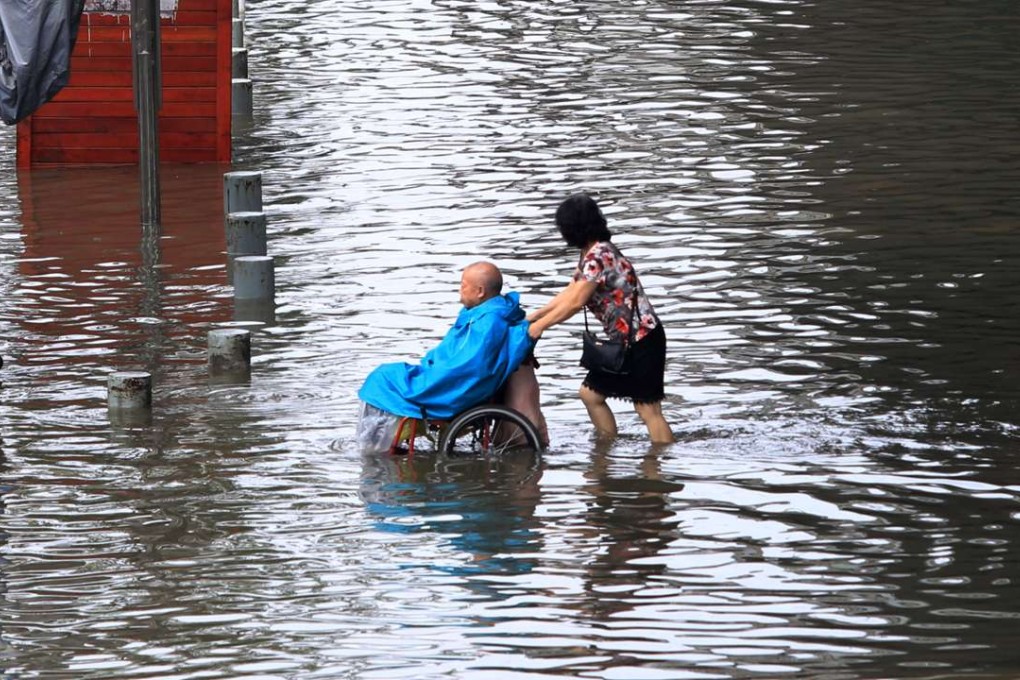Advertisement
Super typhoon Nepartak threatens further flood misery in mainland China
Leaders order more resources to help with rescue and relief efforts
Reading Time:3 minutes
Why you can trust SCMP

Persistent torrential rain battering central and eastern China has paralysed Wuhan, in Hubei province, and is forecast to worsen.
A strong rainband that had left the region was being forced back by the developing Super Typhoon Nepartak east of Taiwan, the provincial weather forecaster said yesterday, warning that it could aggravate the week-long floods.
Premier Li Keqiang, who inspected neighbouring Hunan province earlier, arrived in Wuhan on Wednesday to assess conditions and relief efforts.
Advertisement
With the worst perhaps yet to come this month and next, the country must take precautions and prepare to keep residents safe, Li said.
Advertisement
Advertisement
Select Voice
Choose your listening speed
Get through articles 2x faster
1.25x
250 WPM
Slow
Average
Fast
1.25x